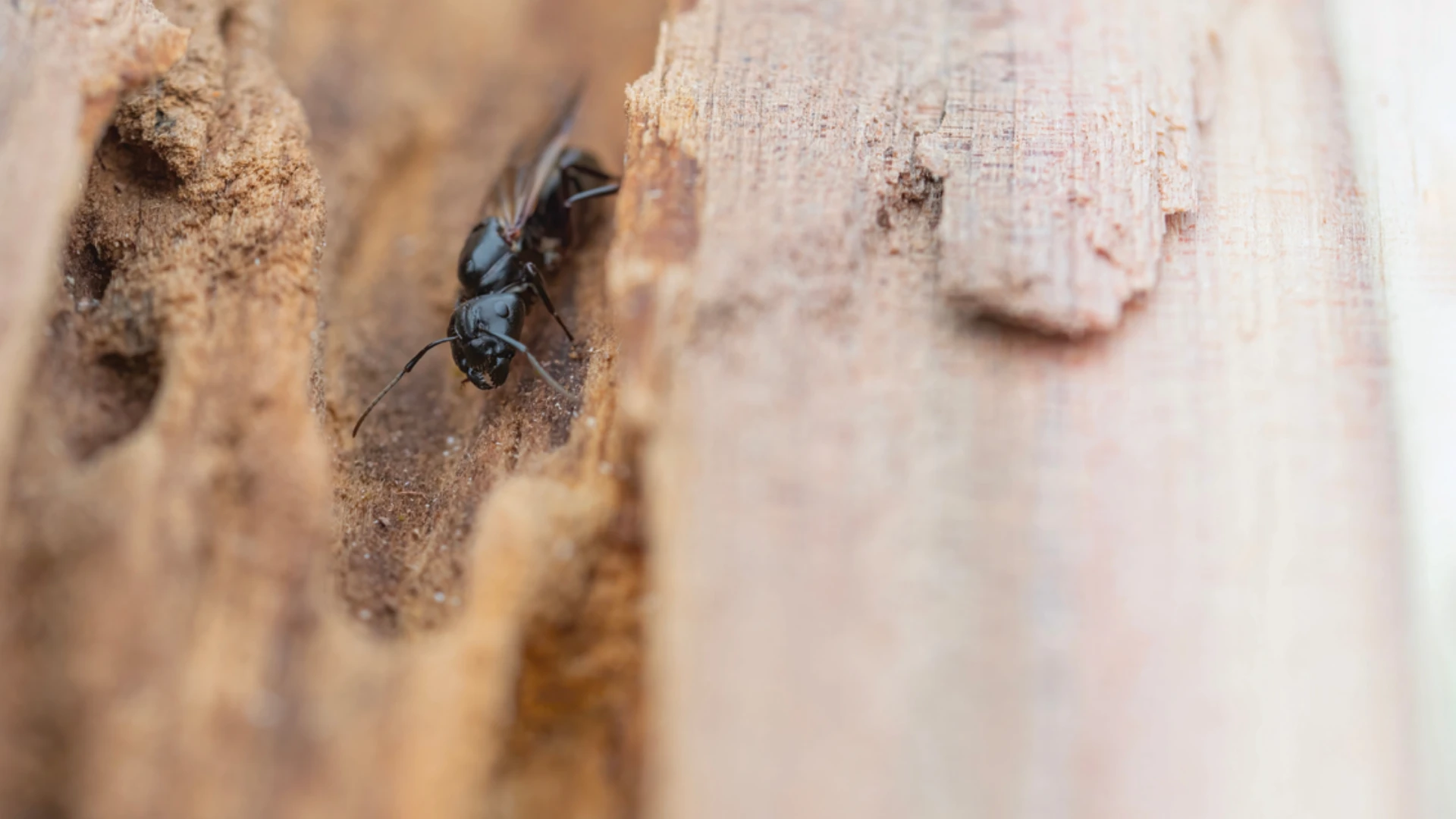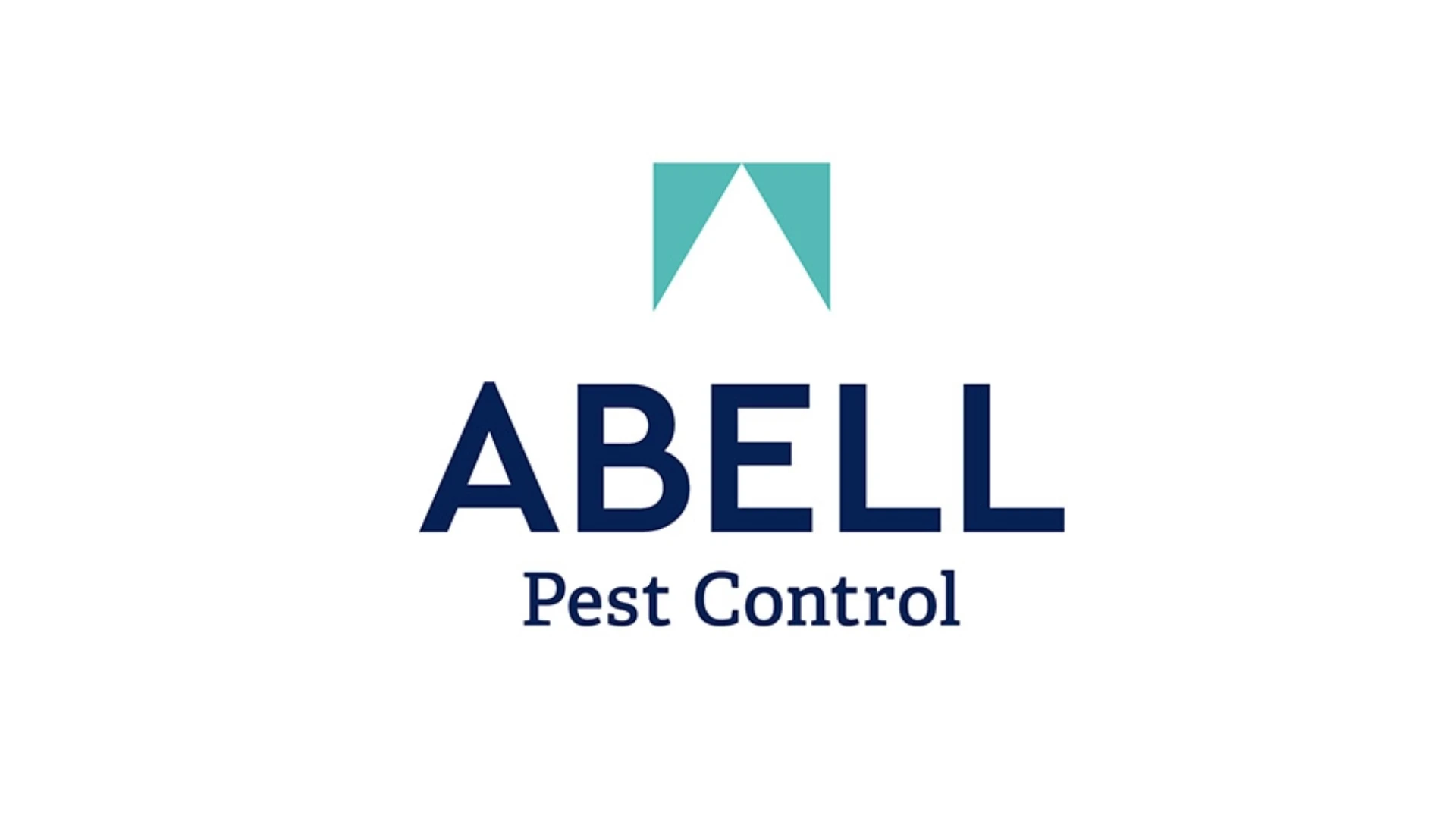Stored product pests, a.k.a. pantry pests, should be placed on a "public enemy" list. When they are allowed to infest foods, primarily whole grain-based processed foods such as wheat, corn and oats (to name a few), they do costly damage to our nation's food supply. They've been known to contaminate foods in fields before harvest, foods in transport, foods stored in warehouses and in homes. They've also been known to infest machinery and pipes in large food-processing plants as well as the food found there.
Knowing as much as you can about this enemy is key in stored product pest control. A wide variety of these pests exist, including numerous species of beetles, moths and mites. Numerous surveys have shown the Indian meal moth is the most common stored product pest in this country. Among other important ones are the red flour beetle, confused flour beetle, cigarette beetle, drugstore beetle, warehouse beetle and saw-toothed grain beetle. They are cryptic creatures that only require a small amount of food to survive. These pests actually live inside food products and are typically found in products that sit on grocery store or home pantry shelves including grain products, nuts, cereals, dried fruits, pet food and bird seed.
A Review. Identifying them and knowing their biology, habits and food preferences is critical in your control efforts. Red and confused flour beetles are reddish brown in color, elongated and about 1/8 inch long. Their larval and pupal stages usually stay inside of the infested product and are typically not seen. Saw-toothed grain beetles are slightly smaller with rough, saw-toothed edges on their thorax behind the head.
The flour beetle's life cycle, from egg to adult, lasts about seven weeks. Adults can live for several months or more than a year. Red flour beetles fly and are attracted to lights; confused flour beetles crawl toward light but do not fly. Saw-toothed grain beetles neither fly nor are they attracted to light.
Flour beetles will feed on a wide variety of flour and other milled grain products. Saw-toothed grain beetles will feed on milled grain products, rolled oats, dried fruits and chocolate.
Cigarette beetles and drugstore beetles are brown in color, oval and about 1/16 inch long. Their larval and pupal stages also usually occur only in infested products so they are not usually observed.
Drugstore beetles and cigarette beetles prefer spices and almost any household food. Cigarette beetles are notorious eaters of dried vegetables, dried potatoes, dried dog food, paprika and tobacco. Bread, flour, meal, breakfast foods and spices like red pepper are very popular with drugstore beetles. Adults of both species can fly and are attracted to light.

The Indian meal moth is commonly found in households. The adult stage is recognizable by its 3/8 inch long body and by its distinctive wing coloration with light gray to the front and coppery brown at the rear portion. Its larval stage is a white to pink caterpillar that crawls away from the infested products to find a place in which to pupate into an adult. The caterpillars feed on the surface and produce silk webbing throughout the food source. The life cycle can be as short as 25 days. They can feed on a variety of foodstuffs including flour, powdered milk, dried fruits, chocolates, meal, bird seed dried dog food. Coarse, whole grain, flours are preferred.
Warehouse beetles were recently implicated in contaminating baby formula products. They eat high-protein materials such as powdered milk, powdered egg whites and even grains. They also eat dead insects and pollen in flowering plants.
Spotting SPPs. You'll usually see small beetles crawling over counter tops, moths flying across rooms, or caterpillars crawling up walls or across ceilings. In general, the greater the number of insects seen, the older the infestation.
Many times, boxes or bags of products that have been partially used and then forgotten in the backs of pantries and shelves are a source of infestation. The infestation can spread because active adults search for new food sources, so a thorough search is needed to locate all infested items. If they are not found in pantries or cupboards, then begin to look at such things as decorative items, pet food or birdseed. Forgotten rodent bait, placed in attics, closets or crawlspaces is often a source of infestations.
Control. Ideally finding the source, disposing of the infested product and cleaning the area will eliminate the infestation. Insecticides may be needed to treat individual insects that have moved out of the source and are living in cracks and crevices in shelving, baseboards or cabinets. When treatment in needed, Sprague has found the use of IGRs and crack and crevice treatments with a good residual insecticide to be effective. Fogging is not that advisable because it does not penetrate the products or into the crack in which the insects are living.
After treatment, good sanitation and proper storage are important keys to preventing future problems. I always say, "clean, clean, clean." It's a good idea to place products from cardboard, paper, or plastic containers into sealed jars or other containers. Decorative items such as Indian corn, dried flower arrangements, or bird feed may be treated by heating to 120°F or in a 0°F freezer for several days until the entire object reaches 0°F.
As a Board Certified Entomologist with more than 30 years of pest management experience, Jeff Weier, BCE, is director of technical services and training for Sprague Pest Solutions, Tacoma, Wash. He has been instrumental in defining pest management and sanitation practices for the food industry and commercial businesses across the country. An accomplished speaker, trainer and author on pest prevention, stored food pests, mating disruption and sanitation, he is a member of the Copesan Technical Committee.
![]()
Copesan is an alliance of pest management companies with locations throughout North America. To learn more, visit www.copesan.com.

Explore the October 2011 Issue
Check out more from this issue and find your next story to read.
Latest from Pest Control Technology
- Rose Pest Solutions Becomes Official Pest Provider of Chicago Fire FC
- WSPMA Hosts Legislative Day at Washington State Capitol
- A-1 Pest Control Marks 59 years in Business
- Hawaii PCO Shares Regulatory Challenges, Business Impacts from Lahaina Wildfires
- 5 Tips for Reducing Waste in the Office and in the Field
- OvoControl Now Available in Chile
- Envu Announces Savings Programs for Pest Management Professionals
- Follow the Trail





